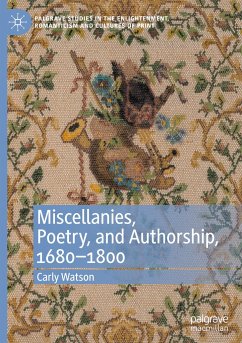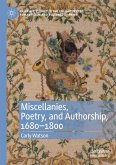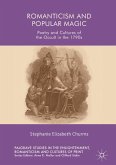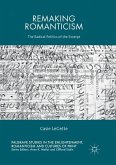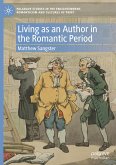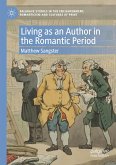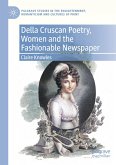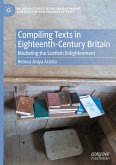This book is a critical study of the ancestors of contemporary poetry anthologies: the poetic miscellanies of the late seventeenth and eighteenth centuries. It argues that miscellanies are a distinctive kind of literary collection and that their popularity in the period 1680-1800 had a far-reaching impact on authors, publishers, and readers of poetry.
This study expands the definition of miscellanies to include single-author collections called miscellanies as well as the multiple-author collections that have traditionally been the focus of scholarly attention. It shows how multiple-author miscellanies fostered different kinds of literary community and explores the neglected role of single-author miscellanies in the self-fashioning of eighteenth-century writers. Later chapters examine miscellanies' relationships with periodicals, their contribution to the formation of the literary canon, and their reception and transformation in the hands of readers. The book draws on newly available digital data as well as evidence from hundreds of printed miscellanies to shed new light on how poetry was written, published, and read in the long eighteenth century.
This study expands the definition of miscellanies to include single-author collections called miscellanies as well as the multiple-author collections that have traditionally been the focus of scholarly attention. It shows how multiple-author miscellanies fostered different kinds of literary community and explores the neglected role of single-author miscellanies in the self-fashioning of eighteenth-century writers. Later chapters examine miscellanies' relationships with periodicals, their contribution to the formation of the literary canon, and their reception and transformation in the hands of readers. The book draws on newly available digital data as well as evidence from hundreds of printed miscellanies to shed new light on how poetry was written, published, and read in the long eighteenth century.

